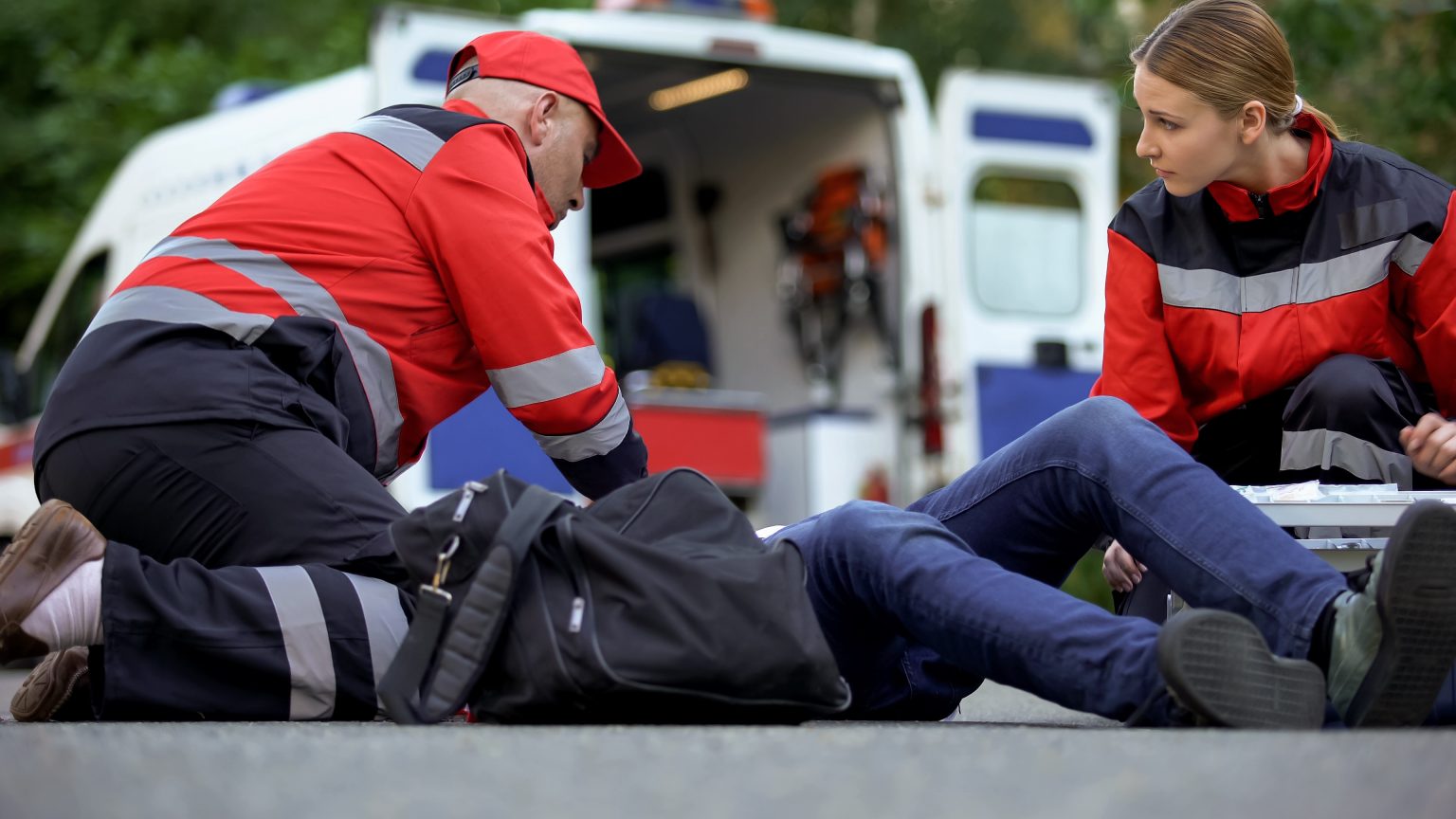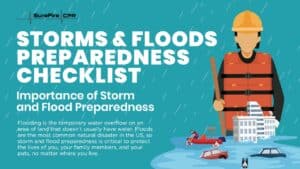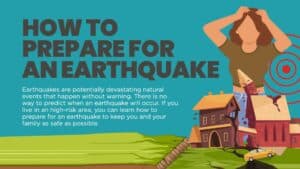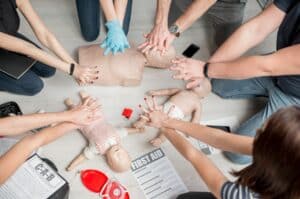From excessive bleeding to an allergic reaction, shock is a life-threatening condition that can be caused by many different things. There are different types of shock that patients might experience, each with its own set of causes and symptoms.
If you’re able to recognize a symptom of shock, first aid can help the patient have a higher chance of a speedy, full recovery.
What is shock?
Shock has many different causes, symptoms, and types, but generally, it is when the body is not able to facilitate proper blood flow, affecting the organs. If a patient is exhibiting nausea, dizziness, chills, or a weak pulse, they might have shock. Because there are many different causes of shock, the symptoms can vary in severity and onset speed. While some types of shock are more common than others, shock can be a life-threatening condition. It is imperative that quick, effective treatment is administered.
What are the different types of shock?
Knowing the different types of shock will help you identify potential shock cases and determine the best possible treatment. Here are 5 types of shock that you might encounter…
- Anaphylactic shock
When someone who is severely allergic to peanuts accidentally ingests them, they might experience what is called anaphylactic shock. This is one of the more common types of shock. During anaphylactic shock, the body releases histamine to counteract the allergen, which causes the airway to tighten and may cause inflammation in other organs.
2. Cardiogenic shock
Heart problems can cause cardiogenic shock, when the heart ceases normal function and does not pump enough blood through your body. This is usually caused by myocardial infarction, a heart attack, or another severe heart condition.
3.Hypovolemic shock
Another type of shock involving the heart is hypovolemic shock. If a patient is experiencing excessive blood or bodily fluid loss, their heart is no longer able to pump sufficient blood for their body to function properly. This can be caused by excessive bleeding leading to low blood plasma, vomiting, and diarrhea. Like anaphylactic shock, hypovolemic shock is one of the more common types of shock.
4. Neurogenic shock
As the name implies, neurogenic shock is based around the nervous system. It is frequently caused by spinal cord injuries or other injuries that impact the nervous system. Note that this is different from spinal shock, which tends to be more temporary.
5. Septic shock
Septic shock is an infection that spreads throughout the body and can cause organ failure and low blood pressure. It can be spurred by bacteria, fungi, and some viruses. It most commonly affects infants, seniors, and immunocompromised individuals.
What are first aid treatments for shock?
As with any medical emergency, dial 911 and contact emergency services if you are a bystander. Explain to the operator that you believe the patient may be exhibiting shock. Then, begin administering first aid for shock.
Basic first aid for shock often starts with the treatment of the initial cause of shock, such as excessive bleeding or an injury. If a patient is bleeding severely, first manage the bleeding. Then, if possible, help the patient lie down with their head flat on the ground or floor. It is also helpful to raise the patient’s legs above their heart to facilitate blood flow. Only do so if you do not think their head, neck, or back is injured. Unless there is an imminent reason to do so, keep the patient still and do not move them.
Once the patient is in a stable state, it is important to keep them comfortable and warm. If they have any restrictive clothing around their chest, neck, or waist, loosen it. If you have a coat or a blanket, cover the patient to keep them warm.
Until first responders arrive on the scene, do your best to keep the patient calm. Monitor for any signs of worsening conditions, like a weak pulse or difficulty breathing. If the patient is unconscious and not breathing properly, you may need to administer CPR.
Learn First Aid with SureFire CPR
Accidents can happen anywhere, anytime. With first aid training, you’ll be able to make a huge difference in these situations and help your family members, coworkers, and neighbors stay safe. Ready to learn more? Sign up for Basic First Aid with SureFire CPR!
Our first aid courses cover patient assessment, muscle and bone injuries, trauma/bleeding wounds, and much more. You’ll gain the skills and knowledge required to help patients––and possibly even save a life. Our team of experts is made up of EMTs, nurses, firefighters, and more who have plenty of experience in the field and can share real-world know-how. Plus, with plenty of course dates, times, and locations, it’s easy to fit training into your busy schedule.
To get started, contact us by phone at (888) 277-3143 or online through our contact form. We can’t wait to hear from you!







